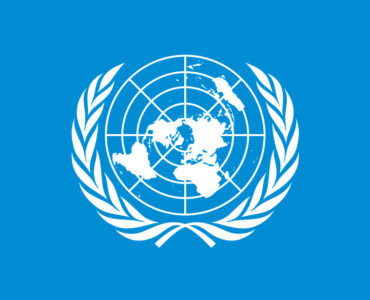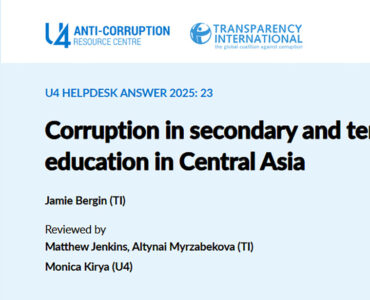Under the reporting requirements of the Paris Agreement, nations that are signatories are required annually submit estimates of their greenhouse gas emissions such as carbon dioxide and methane. Recently published research by Shen et al. (2023) revealed significant disparities between the reported methane emissions and measurements acquired through satellites. To estimate methane emissions linked to oil and gas, as well as coal production activities, the researchers utilized high-resolution satellite observations spanning from May 2018 to February 2020.
Their findings indicated that the emissions reported by nations in the oil and gas sector were 30% lower than the estimates derived from satellite data. Turkmenistan emerged as the fourth-largest contributor of methane emissions globally, yet its reported emissions were 2.4 times lower than the satellite-based figures. Conversely, neighboring Uzbekistan’s reported emissions were found to overstate the actual emissions, with satellite data showing lower levels.
The study highlighted that Turkmenistan’s emission intensity within the oil and gas sector ranked among the highest worldwide. In other words, the amount of emissions per unit of fuel produced was distinctly elevated in Turkmenistan. Notably, Turkmenistan fell within the top eight countries with emission intensities exceeding 5%. The researchers estimated that addressing emissions from these eight nations alone could potentially reduce global methane emissions by 18%, indicating a substantial mitigation opportunity.
Donate to support Turkmen analysts, researchers and writers to produce factual, constructive and progressive content in their efforts to educate the public of Turkmenistan.
SUPPORT OUR WORKThe discrepancy observed in reported emissions can be partially attributed to the methodologies employed in national emission inventories. These reports typically adopt a bottom-up approach, where emissions are calculated based on historical and averaged emission factors, such as the kilograms of methane emitted per kilogram of natural gas produced over several previous years worldwide. Unfortunately, this approach does not fully account for leaks and accidents that can occur at oil and gas production sites, a problem particularly prevalent in Turkmenistan.
This study adds to the mounting body of evidence indicating that Turkmenistan’s methane emissions are exceedingly high and that the country consistently underreports these emissions.






